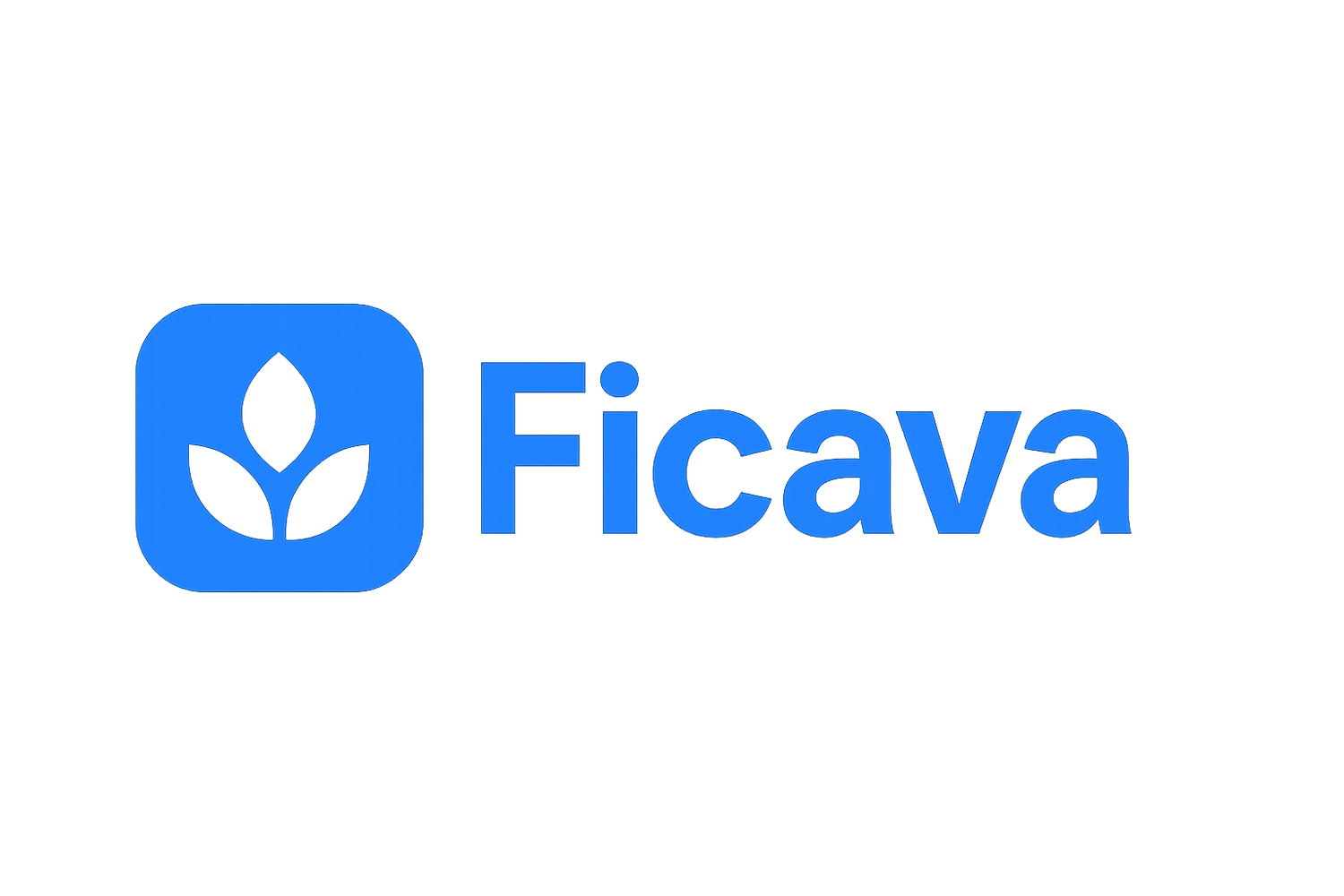How to Offer Tax-Free Wellness Benefits Using Section 125
Introduction
If you're exploring ways to offer meaningful employee benefits while reducing payroll taxes, you’ve likely come across the term Section 125 plan—also known as a Cafeteria Plan. These IRS-sanctioned benefit structures are at the heart of many tax-advantaged strategies, including Preventive Care Management Programs (PCMPs).
In this guide, we’ll explain what Section 125 plans are, how they work, what benefits they can include, and how they support programs like PCMPs to generate significant FICA tax savings—without reducing employee take-home pay.
What Is a Section 125 Plan?
A Section 125 plan, commonly referred to as a Cafeteria Plan, is a benefit arrangement that allows employees to choose between taxable compensation and certain qualified, non-taxable benefits—like health insurance or medical reimbursements.
When employees choose the non-taxable option, their gross income is reduced before payroll taxes are applied. This lowers the employer’s FICA liability and can also reduce income tax obligations for employees.
It’s called a “cafeteria plan” because employees can “pick and choose” from eligible benefit options, much like items on a cafeteria menu.
How Section 125 Enables Pre-Tax Wellness Benefits
Section 125 plans are the foundation that allows PCMPs and similar benefits to operate on a pre-tax basis.
Here’s how it works:
An employee elects to participate in the PCMP and agrees to a fixed pre-tax payroll deduction (e.g., $1,200/month).
This deduction is administered through the Section 125 plan, reducing the employee’s taxable income.
The same amount is reimbursed post-tax to ensure no change in net pay.
The employer saves on FICA payroll taxes due to the lower gross wage calculation.
The funds are used to deliver qualified wellness benefits under IRS Section 213(d), such as preventive care, telehealth, and prescription savings.
This structure creates a net-zero cost for the employee while unlocking hundreds of dollars in tax savings for the employer.
Which Benefits Qualify Under Section 125?
Per IRS guidelines, the following benefits can be included in a Section 125 plan:
Group health insurance premiums
Health Savings Accounts (HSAs)
Dependent care assistance
Group term life insurance (limited)
Self-insured medical reimbursement plans (SIMERPs)
Wellness and preventive care services under Section 213(d)
A PCMP fits neatly into this framework when paired with the proper documentation and compliance infrastructure.
Why Section 125 Is Often Misunderstood
Many employers think of Section 125 plans only in the context of traditional insurance premiums—but they’re actually far more flexible.
Here’s what’s commonly missed:
You can offer self-funded benefits under Section 125.
The plan must be formally documented and follow nondiscrimination rules.
Not all payroll providers offer proper Section 125 administration—especially when benefits go beyond standard insurance.
That’s where Ficava’s ecosystem of vetted partners comes in.
How PCMPs Use Section 125 to Deliver FICA Savings
When implemented correctly, a PCMP uses the Section 125 plan to:
Collect pre-tax payroll deductions
Reimburse employees to keep paychecks whole
Fund meaningful wellness services
Generate employer FICA savings (typically $600+ per employee/year)
The plan is paired with a self-insured medical expense reimbursement plan (SIMERP) and fully documented to ensure compliance with IRS Sections 105(b), 106(a), and 213(d).
What About Compliance?
A valid Section 125 plan must include:
A written plan document
Non-discrimination testing
Clear eligibility and election rules
Proper timing of elections and reimbursements
Ficava does not set up or administer Section 125 plans directly. However, Ficava partners with specialized vendors who:
Provide all plan documentation
Integrate with over 200 payroll systems
Handle employee onboarding and communication
Ensure ongoing compliance and reporting
This turnkey support ensures employers get all the benefits with none of the administrative headache.
How to Set Up a Section 125 Plan (The Easy Way)
With Ficava’s partners handling everything from A to Z, setting up a compliant Section 125 wellness benefit is surprisingly simple:
Consultation – Confirm eligibility and savings opportunity
Documentation – Your Section 125 and SIMERP plan documents are created
Payroll Integration – Pre- and post-tax flows are synced with your payroll system
Employee Onboarding – Employees are educated and enrolled
Program Delivery – Wellness services are delivered and monitored for compliance
Conclusion: A Powerful Yet Simple Strategy
A Section 125 plan may sound like something only large corporations use—but with the right partners, it’s one of the easiest ways to enhance your benefits strategy, reduce your tax burden, and offer real value to employees.
When structured around a PCMP, it becomes a powerful tool for:
FICA tax reduction
Employee wellness
Compliance with IRS and ACA rules
Zero out-of-pocket cost for employees
If you’re looking for a smarter way to offer benefits without increasing costs, a Section 125 wellness plan is the place to start.
Want to see how a Section 125 wellness strategy could work for your business?
Reach out and get a free savings analysis today.
